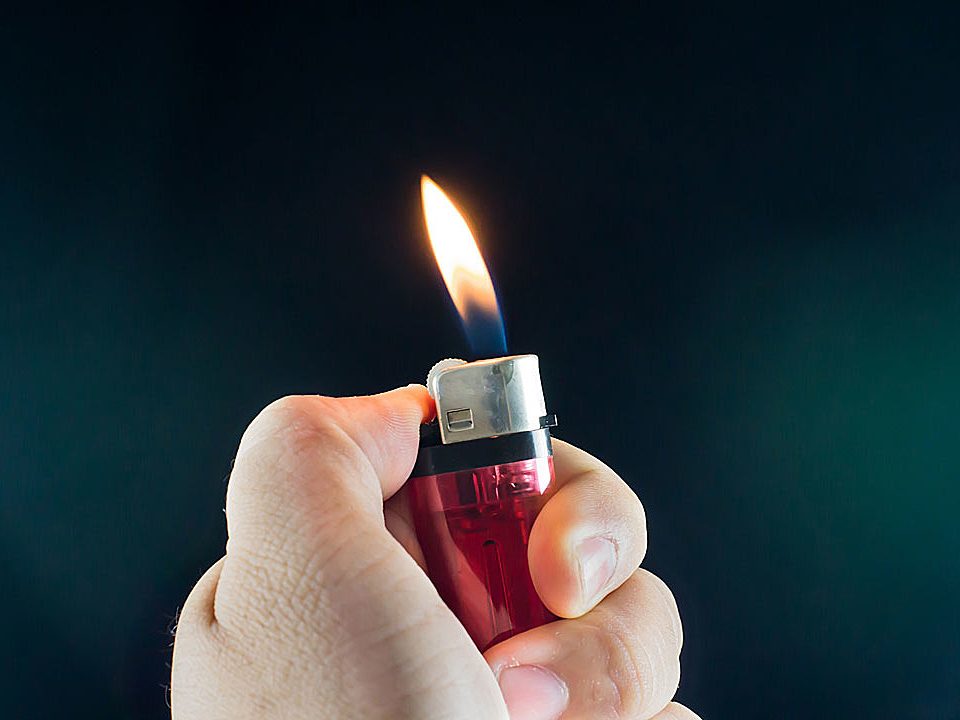A Gunfighter Rides Into Peoria
A Gunfighter Rides Into Peoria
 One of my favorite westerns is Shane, a movie that was released in 1953. It’s about a former gunfighter named Shane who rides into an isolated valley where nobody knows him. After he arrives, Shane meets Joe Starrett, a local family man and property owner. After Shane helps Starrett with some work, Starrett offers to hire him to work on Starrett’s farm. Starrett is not aware of the fact that Shane is a former gunfighter.
One of my favorite westerns is Shane, a movie that was released in 1953. It’s about a former gunfighter named Shane who rides into an isolated valley where nobody knows him. After he arrives, Shane meets Joe Starrett, a local family man and property owner. After Shane helps Starrett with some work, Starrett offers to hire him to work on Starrett’s farm. Starrett is not aware of the fact that Shane is a former gunfighter.
There are several other property owners in the valley who are doing their best to provide for their families and maintain their homes and property. The villain in the movie is Rufus Ryker, a wealthy, cutthroat rancher who wants to own and control all the property in the area. At first, he attempts to bully and intimidate the property owners so they’ll abandon their properties and move away from the area.
When the property owners resist Ryker, he directs his thugs to burn down one of the homes in the area, which causes the homeowner and his family to decide to abandon their property and move. Starrett subsequently convinces the other property owners to work together to resist Ryker and his thugs.
Ryker then changes his strategy by hiring Jack Wilson, an evil, psychopathic gunfighter from outside the area to join him in his battle against the property owners. Shortly after Wilson arrives, he picks a fight with one of the property owners who is visiting the local tavern for a drink. The property owner ends up drawing his gun, but Wilson is much faster on the draw and shoots and kills the man.
Ryker then asks for a meeting with Starrett. Shane discovers that the meeting is a setup to lure Starrett into the tavern so Wilson can kill him. Shane knocks Starrett out and shows up for the meeting in his place. Wilson attempts to kill Shane, but Shane is faster on the draw and ends up killing both Wilson and Ryker.
I thought about the movie earlier this month during a jury trial that I was involved in. The primary issue in the trial was whether my client was permanently injured as a result of a rear-end automobile collision. For the purposes of this article, I’m going to call my client “Julie.”
The driver of the vehicle that collided with Julie’s vehicle was a city of Peoria employee who was driving a city truck at the time of the accident. Julie subsequently received more than 18 months of treatment and physical therapy for her injuries. The city of Peoria claimed that Julie received an excessive amount of treatment and was not injured to the extent that she claimed.
Prior to the trial, the city hired an “expert witness” to testify in the case. The expert witness was a neurosurgeon from Rockford, Illinois. His name is Dr. Morris Marc Soriano. Dr. Soriano has a reputation in Illinois for successfully convincing juries that the injured people he testifies against were not as severely injured as they claim to be.
Dr. Soriano came to court in a perfectly tailored blue suit. In response to one of my questions, he told me that he was 62 years old. He had perfect posture. He looked like a movie star. In fact, he was the type of person you would expect to see playing a trusted doctor in a movie or television show.
Dr. Soriano testified that he had reviewed all of Julie’s medical records and had come to the medical conclusion that she should have received no more than 12 weeks of treatment for her injuries.
During my cross-examination of Dr. Soriano, I handed him a list of cases that I had been able to obtain prior to trial. The list included the names of the court cases he had worked on during 2013, 2014, and 2015. In each of the cases, he was hired by lawyers to evaluate the care and treatment of individuals who had been injured in accidents.
After questioning Soriano about the list, I asked him about the fees he charged for reviewing medical records and testifying in court cases. His fee for reviewing records is $450 per hour, and his fee for testifying is $1,100 per hour.
To me, Soriano was the equivalent of a hired gunfighter who was being paid by the city of Peoria to ride into town and (figuratively) gun down my client. I was not allowed to refer to Soriano as a “hired gunfighter” because an Illinois Appellate Court had previously ruled that it was too inflammatory to call an expert witness a hired gunfighter and any attempt by a lawyer to refer to an expert witness by that name would be grounds for reversal of a favorable jury verdict.
So I had to come up with another way to discredit Soriano in the minds of the jurors. Here’s part of what I told the jury in my closing argument:
So there he was, on the witness stand, acting like a true professional. Let me tell you what in my opinion is a true professional. I’m talking about the type of professional who provides superior service to other people. I’m a lawyer. If I want to be a true professional who provides superior services to my clients, there are certain qualities that I must possess.
There are professionals who are associated with government service, such as judges and police officers, who provide various services to their communities. There are certain qualities that they should possess and certain standards they should live up to.
A true professional should possess three primary qualities.
First, a true professional must be calm and cool under pressure. True professionals have to be able to control their emotions. They have to be smooth. You hear about people saying, “Oh he’s really smooth. He’s calm and cool under pressure. He’s in complete control of his emotions.” Every true professional should possess this particular quality.
The second quality that a true professional must possess is a willingness to take bold risks in order to do what’s right for the person he or she is serving. As a lawyer, I have to be willing to take bold risks for my clients. A judge or a police officer has to be willing to take bold risks when encountering certain situations in the courtroom or on the street.
So true professionals have to be smooth, cool, calm, and in control of their emotions while under pressure. They also have to be willing to be bold and take risks in order to ensure that the people they are serving are treated fairly and equitably.
The third quality is the most important. When you serve other people, you have to really care about them. I have to care about my clients. A police officer has to care about the people he is serving. If he doesn’t, he’s not doing his job. Caring about the people you serve is the most important of the three qualities of a true professional.
Soriano had two of these three qualities. He’s cool and calm under pressure. He’s in control of his emotions. He takes risks and he’s bold. He’s really bold. So bold, he can say with a straight face, “I’m 100% certain that she didn’t need more than 12 weeks of treatment.”
But you know what? He doesn’t care about Julie or any other person in this courtroom. Isn’t that what we want to see in a professional who provides services to others? Isn’t that what we want in a doctor and a lawyer? He doesn’t care. He didn’t come here to testify because he cared.
So why was he here? I’ll tell you why he was here.
I then went on to demonstrate to the jury how much money Soriano had earned during the past couple of years as a “professional testifier.” I showed the jury my calculations on a big screen in the courtroom. Soriano’s annual income from his testifying business was in excess of $200,000 per year. I pointed out to the jury that Soriano didn’t come to Peoria because he cared about Julie or anyone else. He came so he could line his pockets with a large amount of cash.
After the trial, I realized that the qualities of a true professional that I outlined for the jury are also some of the same qualities that a person must possess in order to become a saint. But there are two additional qualities that a saint must possess — humility and holiness.
After a four-day trial, the jury awarded my client substantially more than what the city of Peoria had offered to settle the case for prior to trial. It was a sweet victory, not only for me and my client but also for a justice system that allowed me to dispose of the gunfighter who rode into Peoria to disparage and destroy my client and her case.




2 Comments
Bravo! I agree.
Dear Harry and Georgette – (I like to include Georgette because she stands behind you, Harry, 100% plus.) –
I say, “BRAVO” to you for handling the “impostor” (my term for him) and assisting the young client in her need for support. I love the way you wind up including the qualities needed for a SAINT.
Thank you once again for a wonderful example to us, your readers. Love both of you – pray for both of you – Sister Roberta